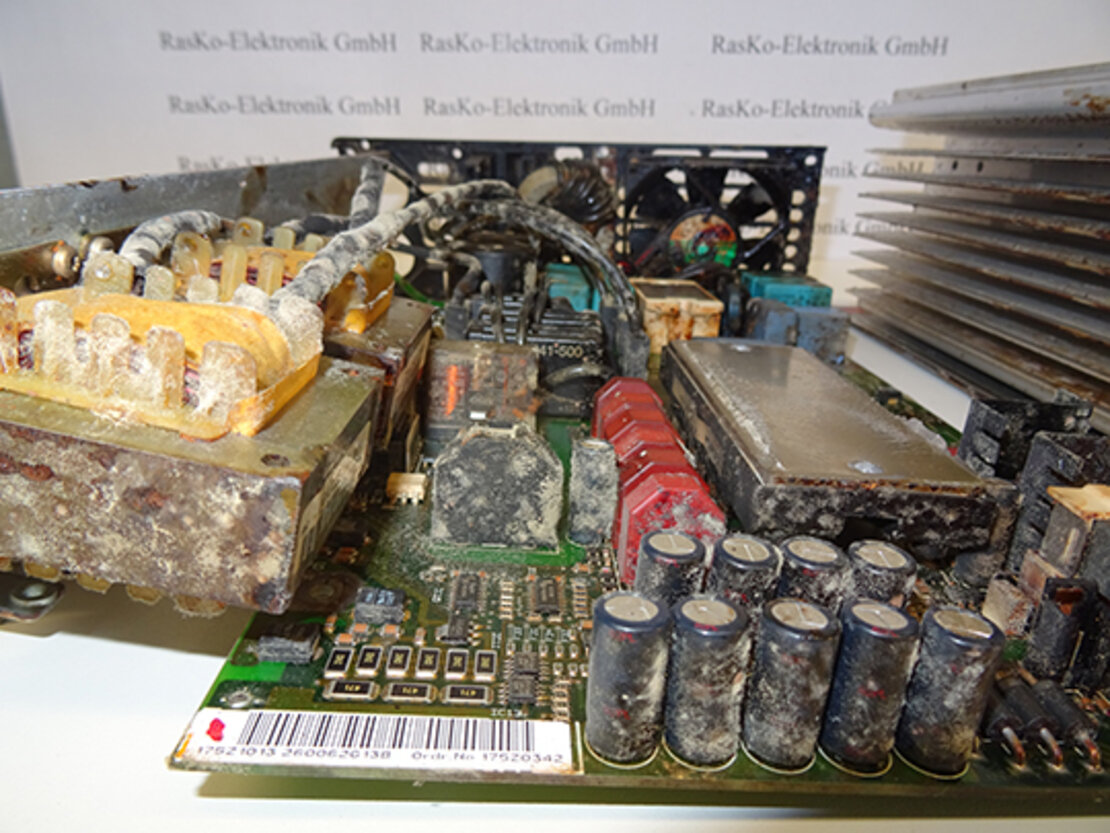We use and harness electrical power in our daily lives. From powering household appliances to running industrial machinery, inverters have become an integral part of modern technology. Understanding the significance and workings of inverter Frequenzumrichter Danfoss SEW Lenze Siemens reparieren lassen unveils a world of efficiency, flexibility, and power management.
At its core, an inverter is an electronic device that transforms direct current (DC) into alternating current (AC). This conversion process is fundamental in a variety of applications where AC power is necessary, but the available power source is DC, such as solar panels, batteries, or other DC sources. Inverters enable the utilization of various electrical devices that are designed to operate on AC power, including household appliances, office equipment, and industrial machinery.
The principle behind inverter technology involves the use of electronic components like transistors, capacitors, and other semiconductor devices. These components regulate the flow of electricity, converting the input DC power into high-frequency AC power. The generated AC output can be adjusted in terms of voltage, frequency, and waveform, catering to the specific requirements of different devices.
One of the significant advantages of inverter technology is its ability to provide a clean and stable power supply. Unlike traditional converters, inverters can produce a pure sine wave output that closely mimics the waveform of utility-supplied electricity. This high-quality power output ensures the safe and efficient operation of sensitive electronics, reducing the risk of damage and improving overall performance.
Inverter technology has also found extensive applications in renewable energy systems, particularly in solar photovoltaic (PV) systems. Solar panels generate DC electricity, and inverters play a crucial role in converting this DC power into usable AC power for homes, businesses, and the electrical grid. Advanced grid-tied inverters even enable excess energy generated by solar systems to be fed back into the grid, promoting sustainability and reducing overall energy costs.
